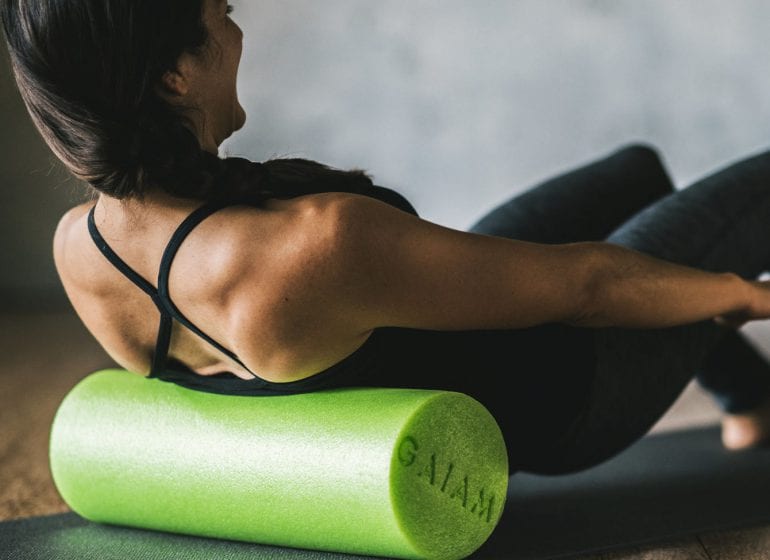Ease Muscle Soreness: 5 Ways to Find Relief After Your Workout
What are the best ways to ease post-workout muscle soreness? Discover 5 proven techniques to find relief and speed up recovery after intense exercise.
Understand the Different Types of Muscle Soreness
When it comes to muscle soreness, there are two main types:
Acute Muscle Soreness – Also known as immediate muscle soreness, this is the burning pain felt during or immediately after a workout. It’s caused by a buildup of metabolites within the muscle during high-intensity exercise, but this type of soreness resolves quickly.
Delayed Onset Muscle Soreness (DOMS) – This is the pain and stiffness felt a day or two after exercise. It stems from microscopic tears in the muscle fibers and surrounding connective tissues during the workout. This type of soreness usually occurs after using your muscles in a new or more intense way.
Why Muscle Soreness Happens (And Why It’s a Good Thing)
The saying “no pain, no gain” has some truth to it. Muscle soreness is a natural process that indicates your body is adapting to the demands of exercise. Gradually increasing the intensity of your workouts can help minimize soreness over time as your body gets used to the stress.
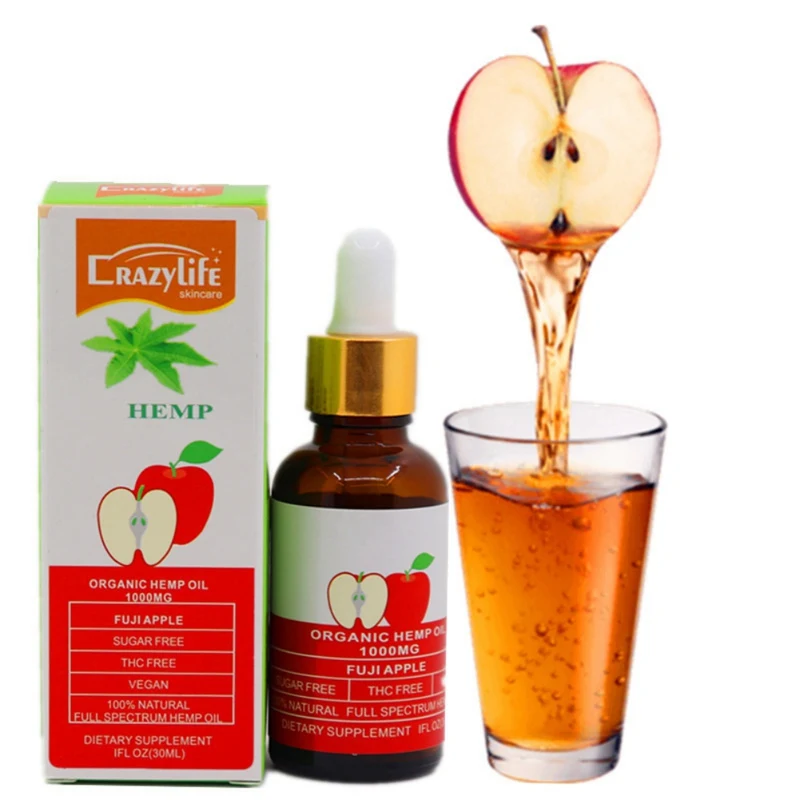
While muscle soreness can be uncomfortable, don’t let it discourage you. It’s a sign that you’re taking care of your body and making progress. The good news is that the soreness will improve as your fitness level increases.
Avoid Relying on NSAIDs for Relief
If you need to take something to help with muscle soreness, pass on the nonsteroidal anti-inflammatory drugs (NSAIDs) like ibuprofen. While NSAIDs can reduce inflammation, research shows they may not actually have much effect on muscle soreness itself.
What’s more, even low doses of NSAIDs can increase your risk of gastrointestinal bleeding, heart attack, and stroke. Newer research suggests that acetaminophen (Tylenol) may be a safer alternative for pain relief.
Try Anti-Inflammatory Foods and Supplements
Incorporating certain antioxidant-rich foods and supplements into your diet may help reduce muscle soreness and speed up recovery:
- Watermelon – Contains the amino acid L-citrulline, which can help lower recovery heart rate and muscle soreness.
- Cherry juice, pineapple, ginger – These anti-inflammatory foods have shown promise in treating muscle soreness.
- Curcumin (from turmeric) – High in antioxidants with powerful anti-inflammatory effects, curcumin can reduce DOMS pain and speed up recovery.
- Fish oil and omega-3s – May offer similar benefits to curcumin.
- Milk protein concentrate – Research indicates it can help with muscle soreness and strength recovery after exercise-induced trauma.
Apply Heat or Cold Therapy
Applying heat or cold can provide relief for muscle soreness:
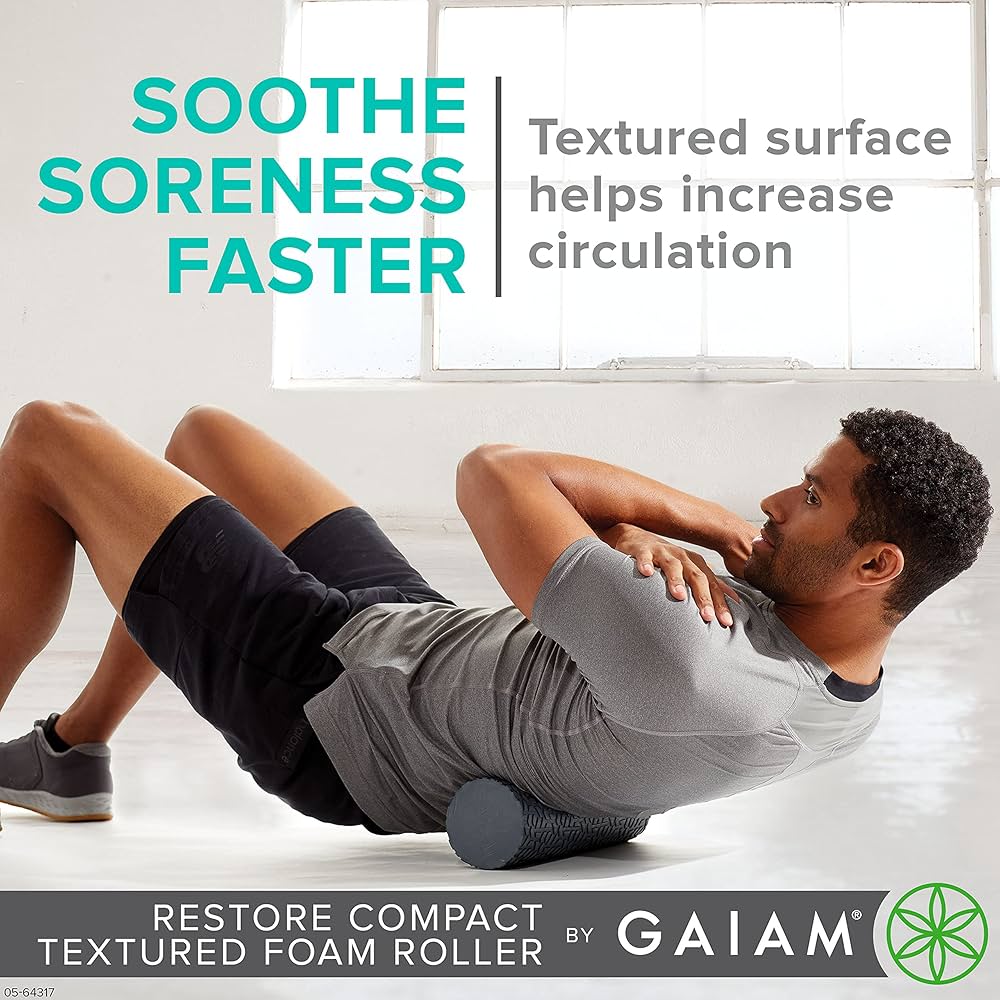
Heat Therapy – Moist heat, such as from a warm bath or damp towels, can reduce DOMS pain more effectively than dry heat. Soaking in Epsom salts can also help ease muscle inflammation.
Cold Therapy – Applying cold, through ice packs or cold water immersion, can reduce swelling and nerve activity to relieve pain in sore muscles and joints.
Try Self-Myofascial Release with a Foam Roller
Foam rolling is a form of self-massage that can help alleviate delayed onset muscle soreness. Research has found that foam rolling can also improve muscle fatigue and flexibility.
To foam roll, simply place the roller on the floor and slowly roll your body over the sore muscle. You can find instructional videos online for proper foam rolling techniques.
Get a Post-Workout Massage
Not only are massages relaxing, but research suggests they can also be an effective way to alleviate DOMS and improve muscle performance. According to one study, massage is most beneficial when done 48 hours after exercise.
Wear Compression Garments
Wearing compression garments, such as sleeves, socks, or leggings, for 24 hours after exercise can reduce DOMS and speed up the recovery of muscle function. Compression helps hold the muscles in place and increases blood flow for faster recovery.

Don’t let muscle soreness discourage you from continuing your exercise routine. Remember, it’s a natural process that indicates your body is adapting to the demands of your workouts. By incorporating these 5 strategies, you can find relief and get back to your fitness goals in no time.
23 Things to Know, From Tips for Relief to Preventi
When it comes to muscle soreness, there are two types:
- acute muscle
soreness, also referred to as immediate muscle soreness - delayed onset
muscle soreness (DOMS)
This is often described as a burning pain. It’s caused by a buildup of metabolites with the muscle during high intensity exercise. This type of muscle soreness resolves quickly.
This is the pain and stiffness you feel the day after you exercise. It stems from microscopic tears in your muscle fibers and the surrounding connective tissues during exercise.
This usually happens after you use your muscles in a way they’re not used to, like with a new or more intense workout.
The saying “no pain, no gain” has some truth to it. Gradually increasing the intensity of your workouts may help minimize muscle soreness.
As uncomfortable as it may be, don’t let the soreness get you down! You’re taking care of yourself — the longer you keep at it, the easier it’ll become.
Muscle soreness improves as your body gets used to exercise. If you need to take something to help with the pain, pass on the nonsteroidal anti-inflammatory drugs (NSAIDs).
Why? Well, it’s unclear whether NSAIDs have any effect on muscle soreness, despite being anti-inflammatory. And even when taken in low doses, NSAIDs can increase your risk of gastrointestinal bleeding, heart attack, and stroke.
Newer research suggests that acetaminophen (Tylenol) may be helpful.
Share on Pinterest
Although more research is needed, some evidence suggests that you can get relief from muscle soreness by eating antioxidant-rich foods.
Watermelon, for instance, is rich in an amino acid called L-citrulline. Studies done in 2013 and 2017 suggest that this amino acid can reduce recovery heart rate and muscle soreness.
Other anti-inflammatory foods that have shown promise in treating muscle soreness are:
- cherry juice
- pineapple
- ginger
Curcumin is a compound found in turmeric. It’s high in antioxidants and has powerful anti-inflammatory effects, so it’s no surprise that it’s been shown to reduce the pain of delayed onset muscle soreness and speed up recovery after exercise.
It’s high in antioxidants and has powerful anti-inflammatory effects, so it’s no surprise that it’s been shown to reduce the pain of delayed onset muscle soreness and speed up recovery after exercise.
Fish oil and other omega-3 fatty acids may offer similar benefits.
One 2017 study found that milk protein supplementation can help with muscle soreness and strength in exercise-induced muscle trauma.
Milk protein concentrate is a concentrated milk product that contains 40 to 90 percent milk protein. It’s used in protein-fortified foods and beverages, but can also be bought in powdered form at health food retailers.
Arnica has been used as a natural remedy for muscle soreness for years. It’s derived from the flower Arnica montana, whichis found in the mountains of Siberia and Europe.
Although more research is needed, one 2013 study found that topical creams and ointments containing arnica effectively relieved pain and inflammation brought on by intense eccentric exercise.
Applying heat immediately after exercising can reduce delayed onset muscle soreness. One 2013 study found that while both dry and moist heat helped with pain, moist heat was shown to offer even more pain reduction.
Excellent ways to enjoy moist heat therapy after exercise include:
- warm damp towels
- wet heating packs
- a warm
bath
Soaking in Epsom salts has been linked to reduced muscle pain and inflammation. The moist heat you get from sitting in a hot bath is an added bonus.
Share on Pinterest
Cold therapy is said to relieve pain in muscles and joints by reducing swelling and nerve activity. You can apply cold using an ice pack or bag of frozen vegetables, but soaking in a cold bath may be more helpful. (Just remember, never apply ice directly to skin!)
Foam rolling is basically a form of self-massage. Research has found that foam rolling can relieve delayed onset muscle soreness. It may also help with muscle fatigue and flexibility.
Foam rollers can be purchased wherever you buy exercise equipment.
To foam roll, you place the roller on the floor underneath the sore muscle and slowly roll your body over it. You can search online for videos on how to foam roll for different muscle groups.
Not only are massages relaxing, massage has also been found to alleviate DOMS and improve muscle performance. The results of one 2017 study suggests that massage is most effective when performed 48 hours after exercise.
Wearing a compression garment for 24 hours after exercise can reduce DOMS and speed up recovery of muscle function. Compression garments hold the muscles in place and increase blood flow for faster recovery.
You can get compression garments for most muscle groups. Types of compression garments include sleeves, socks, and leggings.
Don’t let muscle soreness stop you from exercising. Muscle soreness is a natural process that helps your body get used to the exercise. Once you induce this soreness, it won’t happen again unless you increase the intensity.
If the pain is severe, exercise at a lower intensity or switch to another muscle group for a day or two.
We often hear that stretching before and after a workout can help prevent injury and pain, but research actually suggests otherwise.
One 2011 study found that stretching had little to no effect on muscle soreness after exercise.
Share on Pinterest
A 2012 study found that static stretches may inhibit muscular performance. Static stretching involves stretching a muscle to the point of minimal discomfort and holding it for a period of time.
Instead, opt for dynamic stretching where you repeatedly move your muscles and joints. Walking lunges and arm circles are great places to start.
Dynamic stretching prepares your body by increasing your heart rate, improving blood flow, and improving your flexibility.
A cool down after a workout helps your breathing and heart rate return to normal.
It can also help keep blood flowing to the exercised muscles, which can aid the repair process and potentially improve delayed onset muscle soreness. Cool down by walking or riding a stationary bike for 5 or 10 minutes.
Cool down by walking or riding a stationary bike for 5 or 10 minutes.
Muscle soreness happens to beginners and conditioned athletes. It’s a natural adaptive response to new activity or an increase in intensity or duration.
You may still feel the burn of acute muscle soreness from exercise, but DOMS will improve as time goes on and your body adapts to your workouts.
Being mindful of your body and workouts is the best way to prevent future soreness and get the most from exercise.
Prepare your body for exercise by getting in an adequate warmup and cool down every time. Learn proper form and stick to a routine that gradually increases in intensity and duration to lessen soreness and reduce your risk of injury.
Moderate doses of caffeine may cut your post-workout pain down by almost 50 percent, so go ahead and have a cup of coffee before your workout. Just remember to hydrate with water afterward. Staying hydrated can also help reduce muscle soreness.
DOMS usually doesn’t require medical treatment and should resolve within a few days. However, you should see your doctor if your pain lasts more than a week or keeps coming back, or if you experience extreme weakness, dizziness, or trouble breathing.
5 At-Home Tools to Relieve Muscle Pain
By
Bobby Boland
, Contributing Writer
Mar 22, 2021
Advise Me
There’s a special sense of satisfaction to post-workout soreness. When the gentle burn follows you home, it feels like a job well done. Ironically, getting rid of the soreness feels even better. With the right tools and methods, you’ll be able to move a little easier during your rest days.
Holly Beach, MD, is a primary care sports medicine specialist at Banner – University Medicine Orthopedics Clinic in Tucson, Arizona. We asked her about a few of the most popular tools that athletes use to soothe and recover after a tough day of exercise.
Why am I so sore?
Dr. Beach started with a bit of guidance for lifelong athletes and anyone just getting started. “Some soreness is fine. But the best way to reduce muscle ache is to ease into a new exercise program and gradually increase intensity and duration. You need to give your muscles time to adapt.” If you find yourself limping the day after a workout or having difficulty going about your day as normal, take it as a sign that you are doing too much. Wait until you’re no longer sore and ease up on your next workout.
What at-home tools are best?
When you’re really sore, you are looking for relief wherever you can find it. But it’s possible to do too much and using the tools improperly can actually do damage. Dr. Beach offered tips for a few of the more popular methods and tools.
Foam roller
It’s a classic for a reason. Proper use of a foam roller can address soreness in muscles and connective tissues. These are a popular solution for back pain and leg pain. Runners use foam rollers all the time to lessen the symptoms of stress to the iliotibial (IT) band.
Runners use foam rollers all the time to lessen the symptoms of stress to the iliotibial (IT) band.
Theragun and other percussive massage tools
If the foam roller is the classic, then the Theragun is the rookie. These tools have hit the scene with flashy endorsements and wild claims. Dr. Beach warned that “percussive therapy can be helpful in massaging muscles but can also lead to further injury if used too often or in the setting of a more serious injury.” Like any machine, it’s easy to go overboard and the Theragun is no different. Use it in moderation and stop if it hurts.
Massage balls
Small massage balls are a popular option for runners with soreness on the soles of their feet and can be used for other hard to reach areas as well. Dr. Beach also mentioned metal massage balls that can be frozen as a great way to address inflammation at the same time. Be careful not to put too much weight on the massage balls, no matter the material.
Massage sticks
These come in all shapes and sizes.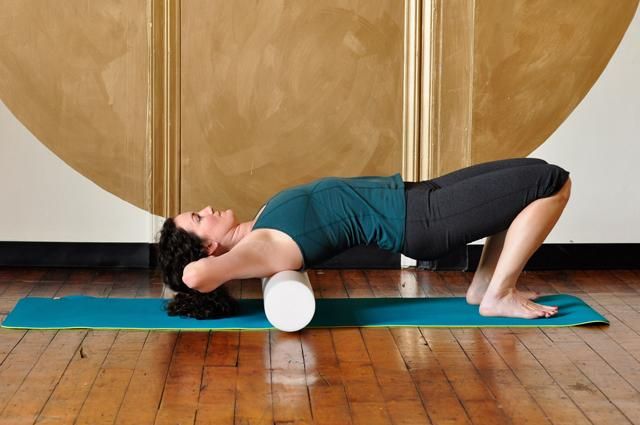 Often, they are shaped like a large cane, with rounded tips that can be used to reach muscles on your back and shoulders. Other variations are straight, with rollers that can be used on your legs.
Often, they are shaped like a large cane, with rounded tips that can be used to reach muscles on your back and shoulders. Other variations are straight, with rollers that can be used on your legs.
Ice, massage and movement
This isn’t specific to one particular tool, but Dr. Beach maintained that this method has the best evidence. When you are feeling sore, start by cooling the area, then apply whichever massage method you like best and continue light exercise/movement as tolerated. Healthy soreness should last no more than a few days.
Of course, some popular methods can be dangerous. Dr. Beach warned that massaging recliners and other similar machines can lead to injury from excessive and inaccurate massage. She also explained that at-home muscle stimulators (TENS or stim) should only be used with permission from your physician and after proper instruction.
If you are introducing new exercise routines and can’t escape your soreness, speak with a doctor to make sure you are working within the current limits of your fitness.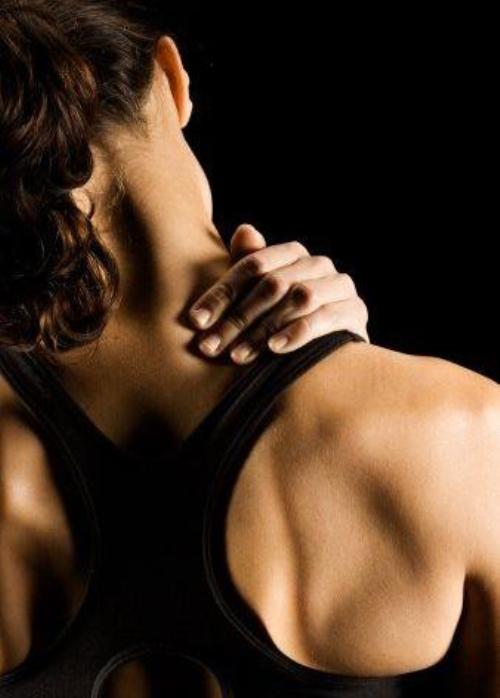 Diversifying your workout is a great idea, but your body may be saying something if you are overly fatigued or sore.
Diversifying your workout is a great idea, but your body may be saying something if you are overly fatigued or sore.
Read more articles about fitness, exercise and recovery with helpful insights from experts like Dr. Beach.
- 6 Tips to Change Your Mindset About Exercise Forever
- How to Do Workout Rest Days Right
- Are You Ready to Jump Back into Sports?
Sports Medicine
Physical Therapy
Orthopedics
What helps with muscle pain? Why Muscles Hurt
Symptoms of Muscle Pain
Pain and tenderness that occurs when moving or at rest are the main symptoms of muscle damage.
Inflammation that occurs when a muscle is damaged leads to pain and swelling. The muscle becomes painful when moved or pressed.
Injured muscles can hurt both at rest and during exercise.
The pain can be very weak, barely perceptible, or vice versa – so strong that the injured muscle cannot be strained.
How does muscle pain affect us?
Pain in the muscles causes discomfort and does not allow free movement. Getting out of bed, reaching for an object, climbing stairs – with muscle damage, all this causes pain.
Relieve pain
Muscle pain is also called myalgia. This word comes from the ancient Greek words “mios” (muscles) and “algos” (pain).
68% of people with chronic pain say it interferes with their enjoyment of life**
Ease the pain
**According to the Global Pain Index 2018, 68% of those with chronic pain say that it prevents them from enjoying life
Why muscle pain occurs
Muscle pain usually occurs due to too much physical exertion or microtrauma during sports activities, for example, when playing tennis with excessive exertion, when stumbling, falling , overexertion or stress – the muscles spasm and become painful.
Sports
Muscle pain usually occurs due to too much physical activity and microtraumas during sports.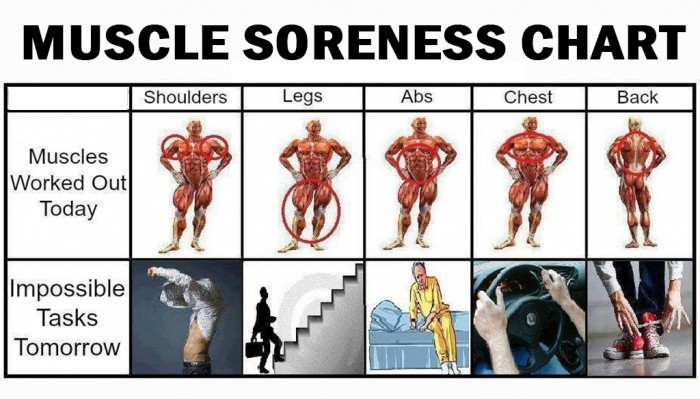 Muscle pain can also occur if you twist your leg or fall with a sprain.
Muscle pain can also occur if you twist your leg or fall with a sprain.
Stress
Another common cause of muscle pain is psychological stress. When stressed, the body releases hormones that cause the muscles to tense up and make them more sensitive to pain. Because of this, for example, after a busy day at work, your back pain may increase.
Infections
Muscle pain throughout the body can be caused by intoxication from an infection, such as a cold.
Treatment
Muscle pain usually goes away after a few days. Over-the-counter pain relievers and anti-inflammatory drugs can be used to relieve pain. They are taken orally or applied to the skin over the injured muscle. If the pain in the muscles increases and becomes unbearable, you need to see a doctor. Your doctor may refer you for additional tests (X-rays, MRI or CT scans, blood tests) to rule out other conditions, and recommend treatments and exercises to restore your muscles.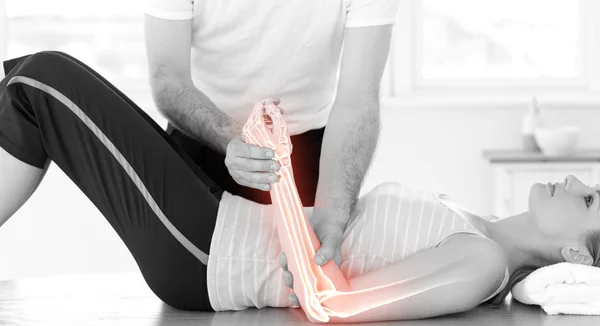
Our preparations
Find out how GSK products can help you
Choose the Voltaren product that is right for your type of pain.
Read more
Learn more
What is inflammation?
Find out more about inflammation, its causes and manifestations.
Read more
How our body works and what happens to it during aging
Find out how our body works, what happens to it as we age, and how to deal with pain.
More
Exercises for Back Pain Relief
Movement can be the best way to relieve back pain. Get tips on staying in shape.
* According to the study “Global Pain Index 2018”, 92% of 24,000 respondents experienced back pain
Read more
0001
Regular exercise in most cases has a positive effect on health, helps to keep the body and figure in good shape and improves overall well-being. However, sometimes these effects are overshadowed by muscle pain that occurs the day after training and discourages all desire to exercise.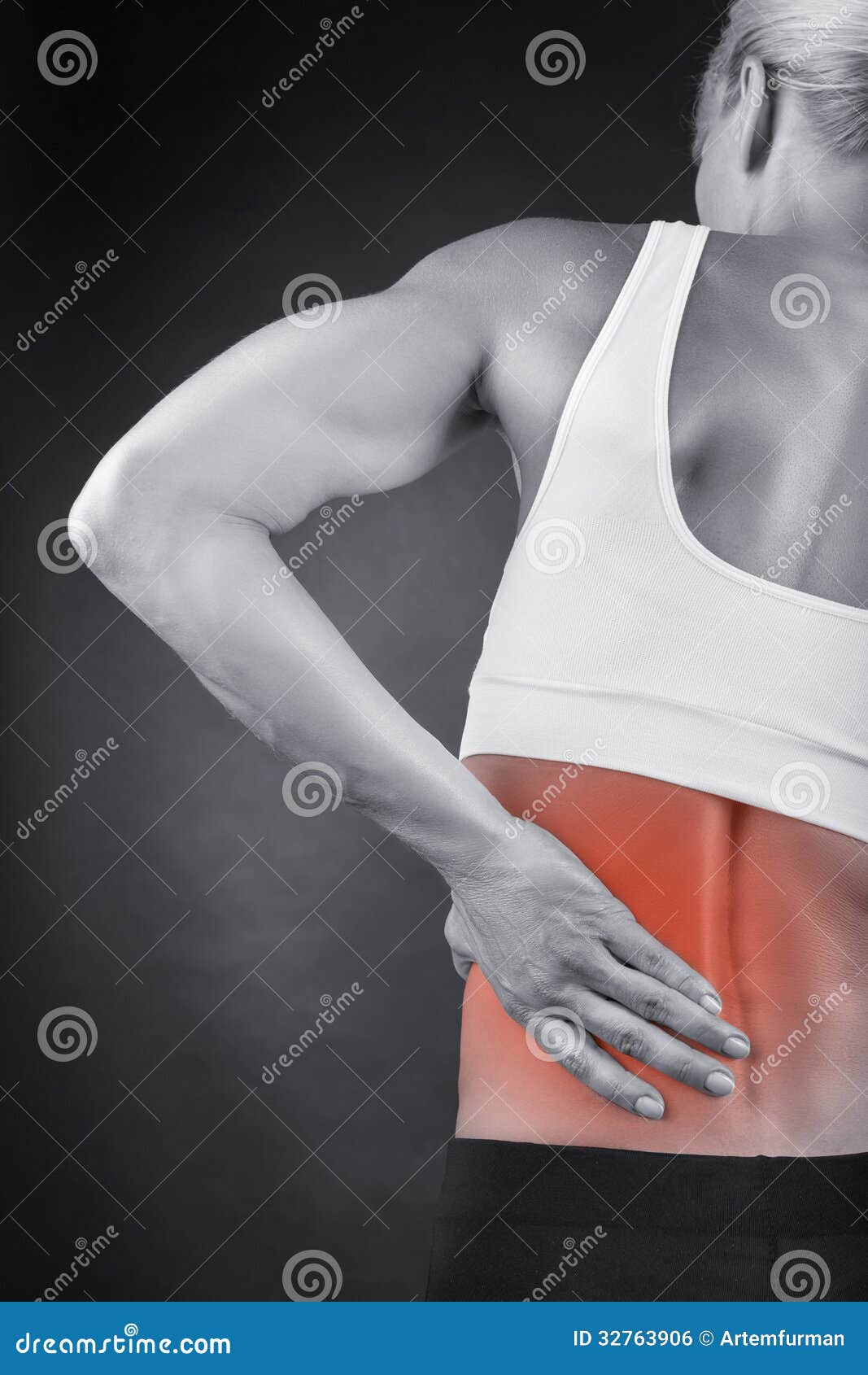 Lenta.ru found out what causes muscle discomfort, how to alleviate it, and for what symptoms you should immediately go to the doctor.
Lenta.ru found out what causes muscle discomfort, how to alleviate it, and for what symptoms you should immediately go to the doctor.
Why do muscles hurt after a workout?
Burning, heaviness and other discomfort in the muscles that occur after playing sports is called delayed muscle pain syndrome, or DOMS .
Symptoms usually appear about 12 hours after training, worsen after 24-72 hours and subside within 7 days
Photo: Frantic00 / Shutterstock / Fotodom Lentoy.ru identifies two main scenarios in which muscle pain may occur. “In the first case, the pain appears when a person is just getting acquainted with the sport – in my case, running – or returning to it after a long break. There is such pain due to the fact that the muscles have not yet adapted to the load – after being “drawn” into the training process, it goes away on its own, ”says Khoroshilov.
The second reason is high workload or intensive training. They lead to the accumulation of lactic acid, acidification of the muscles, after which the muscles begin to break down, causing pain. A good way to track this breakdown is to test for creatine kinase (CPK). An increase in this enzyme in the blood indicates muscle damage due to physical exertion
A good way to track this breakdown is to test for creatine kinase (CPK). An increase in this enzyme in the blood indicates muscle damage due to physical exertion
Ruslan Khoroshilov running coach
Other factors that provoke muscle pain:
- long running on asphalt;
- ill-fitting shoes;
- incorrect training technique;
- flat feet.
How to get rid of muscle pain?
Although in most cases, muscle pain is a natural and harmless phenomenon, it can cause discomfort that distracts from daily activities. Lauren Murray, health fitness coordinator and personal trainer at the Houston Methodist Center, suggests taking a few steps to ease the pain.
Photo: PeopleImages.com — Yuri A / Shutterstock / Fotodom
What helps with muscle pain?
1. Keep moving. You can do a light cardio workout, a set of stretching exercises or yoga.
2. Be sure to warm up. Muscles need to be ready to go, so take a few minutes of warm-up exercises before every workout.
3. Adjust the program carefully. If you want to increase the intensity of your training, do it gradually, over several days or weeks, or better, consult a trainer first.
4. Take a bath with sea salt to help relax your muscles and relieve pain.
5. Take painkillers. This will not speed up the healing process of the muscles, but will help to endure the associated discomfort.
6. Don’t forget about rest. When the muscles are constantly loaded, they do not have time to recover, which leads to more severe pain. Take a weekend away from sports, stick to proper nutrition, monitor sleep and hydration – be sure to drink water before and during training.
7. Alternate load. If you still feel that you are ready to practice every day, then at least try to divide your workouts into muscle groups – for example, one day increase the load on the legs, on the other – on the arms. This will provide enough time for each muscle group to recover before a new workout.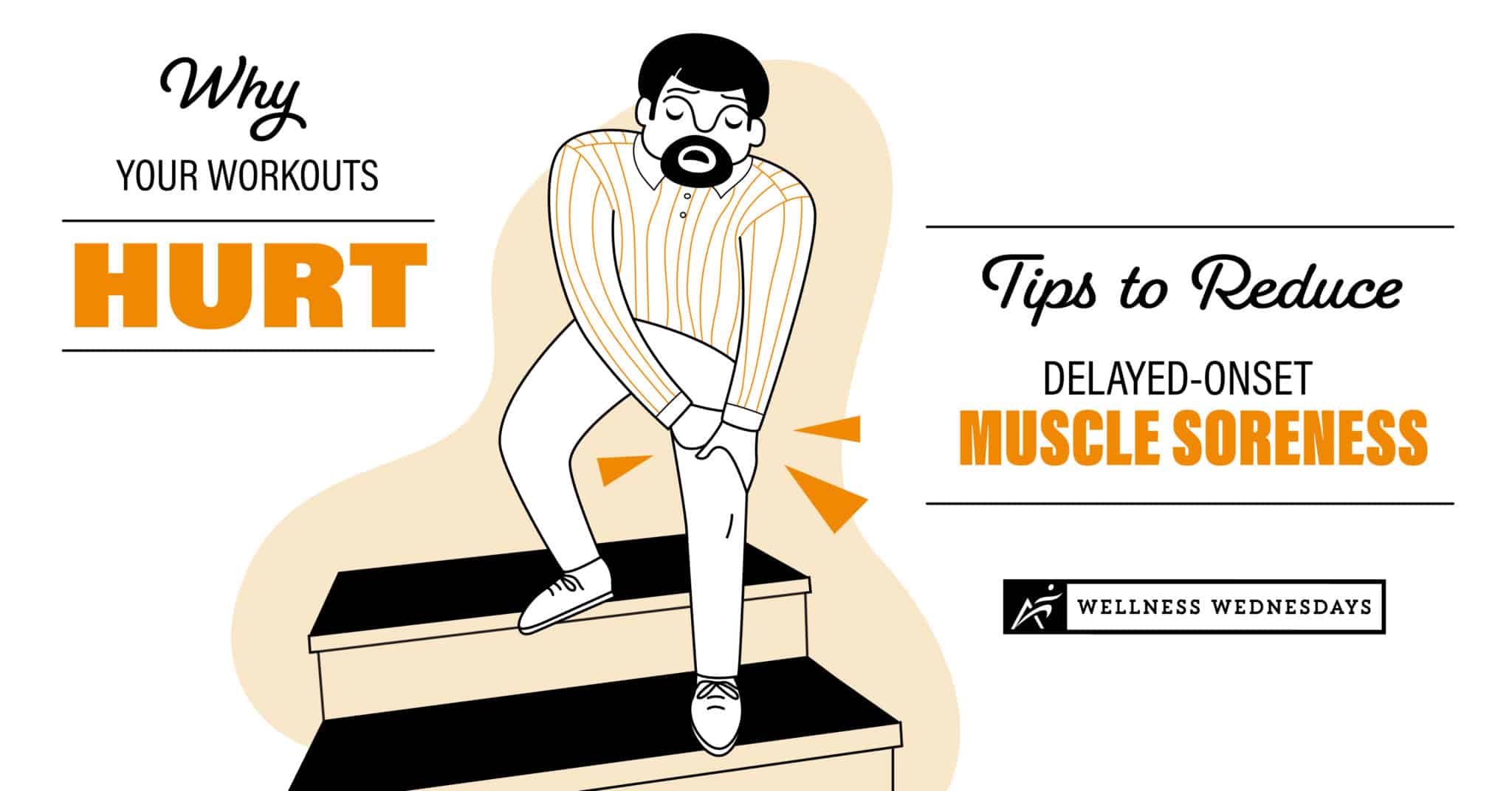
Photo: Branislav Nenin / Shutterstock / Fotodom
Prevention of muscle pain
Ruslan Khoroshilov notes that severe muscle pain can be avoided by taking a number of preventive and restorative measures.
How to prevent muscle pain?
Stretching
The simplest and most affordable muscle recovery prevention, which should be allocated at least 15-20 minutes a day after training.
Myofascial Release (MFR)
Self-massage with the help of special equipment – a massage roll or massage balls – and your own hands helps to work out and relax muscles, relieve spasm and improve blood circulation. This is also an effective and fairly simple method, but it requires knowledge of massage techniques and consultation with a doctor.
Contraindications for MFR:
- varicose veins;
- thrombophlebitis;
- osteoporosis,
- cancer;
- fresh injuries and colds, high fever;
- skin diseases;
- exacerbation of chronic diseases;
- open wounds and cuts.

Massage
According to Ruslan Khoroshilov, massage is a more expensive, but the most effective method of recovery.
For runners who do not have time to recover, I would recommend purchasing a percussion massager – of course, it is difficult to replace regular massage with it, but it also effectively restores muscles
Ruslan Khoroshilov running trainer pool exercises
Thermal treatments help muscles relax and recover after a workout. In addition, going to the bath or sauna has a positive effect on the elasticity and mobility of bones and cartilage. At the same time, this method of preventing muscle pain has many contraindications, and the total time spent in the steam room should not exceed half an hour.
Before you buy a gym membership or start running regularly in the fresh air, you should go through at least a few basic medical examinations: an examination by a general practitioner and a cardiologist, a blood test, an electrocardiogram at rest and after exercise. If the doctor detects deviations, the training program will need to be adjusted together with the trainer.
If the doctor detects deviations, the training program will need to be adjusted together with the trainer.
Photo: Stock-Asso / Shutterstock / Fotodom
When should you go to the doctor?
According to trainer Ruslan Khoroshilov, often preventive measures are enough to relieve tension, but if the pain persists and is felt during training, running and walking for three to five days after training, you should immediately consult a doctor for a diagnosis.
Experts at the Houston Methodist Center note that prolonged muscle pain can be a signal of sprains, torn ligaments, and microtrauma to the muscles.
Sometimes there is a stress fracture – a small crack in the surface of the bone, which is formed as a result of overexertion. It makes itself felt through a sharp pain in the groin, in the front of the lower leg or in the forefoot while running or walking
If the appearance of muscle pain is accompanied by swelling and atypical redness, fever and chills begin, this is also a reason to contact for professional advice.

